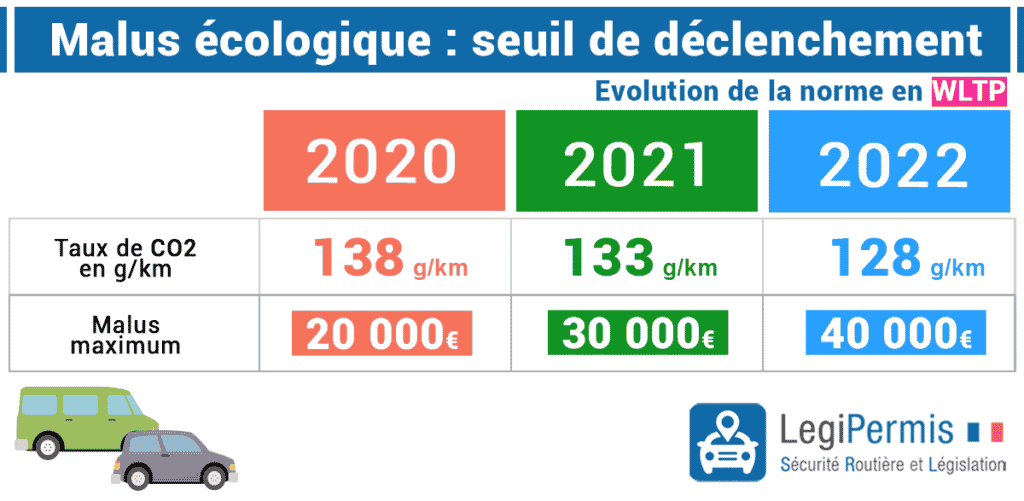
WLTP standard - definition
Worldwide harmonized Light vehicule Test Procedure
La WLTP standard, is a protocol which can be used to place the world's largest level of CO2 pollution, vehicles. Now a standard reference, this standard is set up by the UNECE ( United Nations Economic Commission for Europe, 1990.
The WLTP standard has replaced the NEDC ( New European Driving Cycle) since September 2017.
What is it for? It is used to measure the consumption and emission of CO2 in more precise and real conditions, of vehicles on the road.
- It will harmonise standards between countries
- Replace obsolete test conditions
- Reinforcing test security - Dieselgate scandal
- Meeting international climate targets
Who is it for? It has applied to car users and dealers since 1 September 2017 in the European Union. The WLTP standard replaces the NEDC standard, which had previously applied since 1992.
In which countries does it apply?
- The 28 steps of the European Community
- In Norway, Iceland, Switzerland, Turkey and Israel
Where and how do the tests take place?
Tests for the WLTP cycle are carried out in the laboratory on roller benches. These tests take into account a maximum number of situations that motorists may encounter. What you need to know, weather conditions, terrain, load carried by the vehicle, driving style, road types, etc. model options of electric vehicles are also taken into account, as they have a significant impact on the weight and fuel consumption of these vehicles.
Table : Ecological Malus (wltp)

Similar articles :
- WLTP standard: definition and changes for motorists and corporate fleets
- Ecological surcharge: a further increase planned for 2023
- CAFE regulations: One more reason to go electric
Do you have any other questions?
« Toutes les définitions